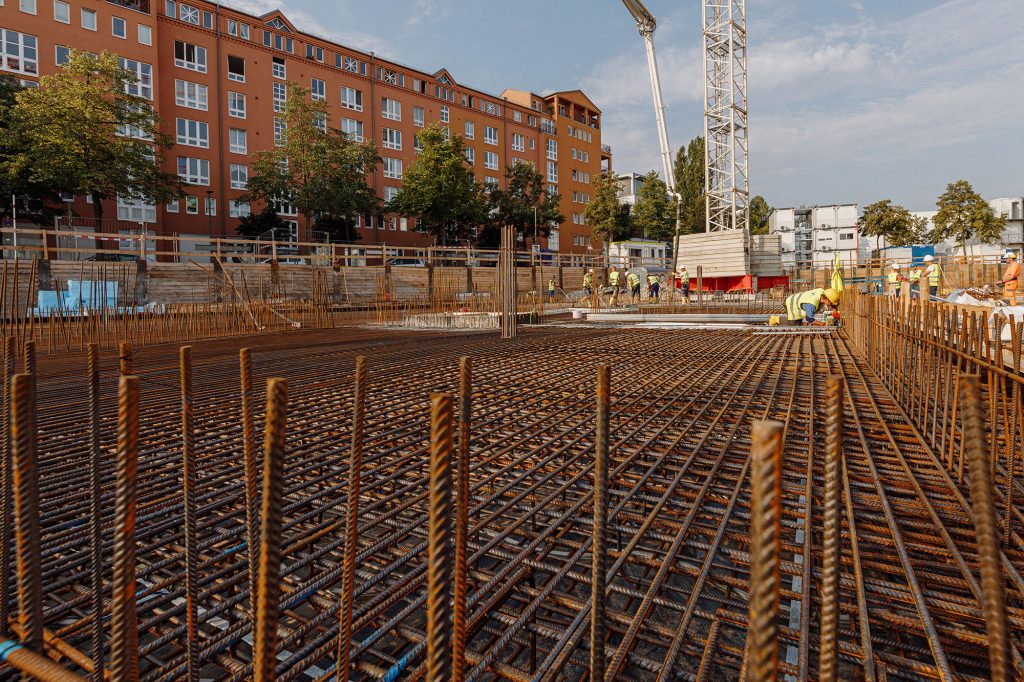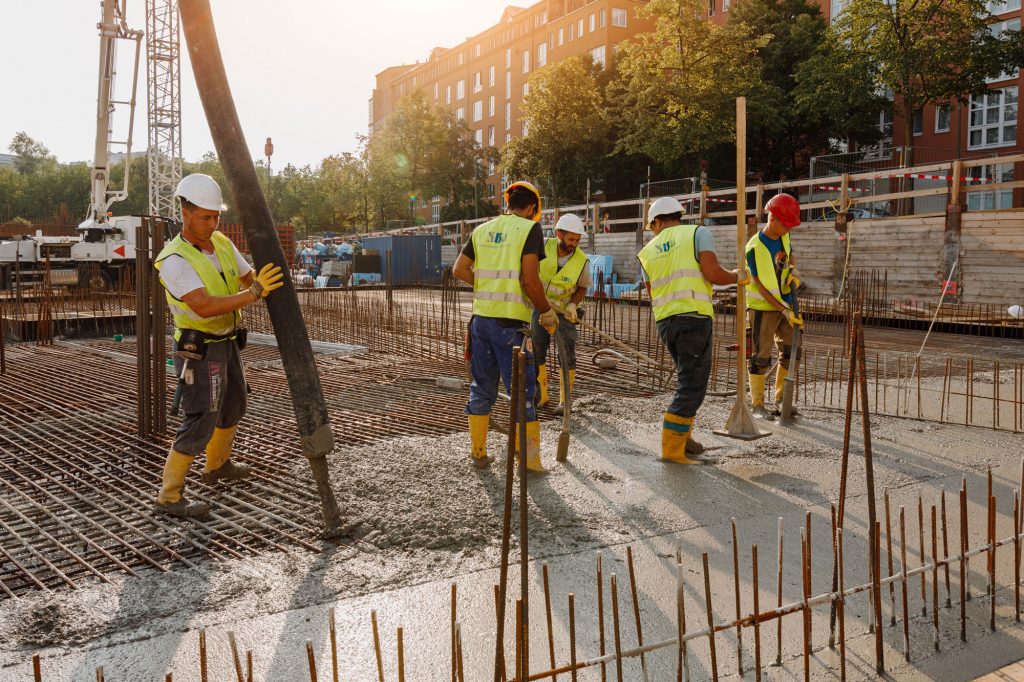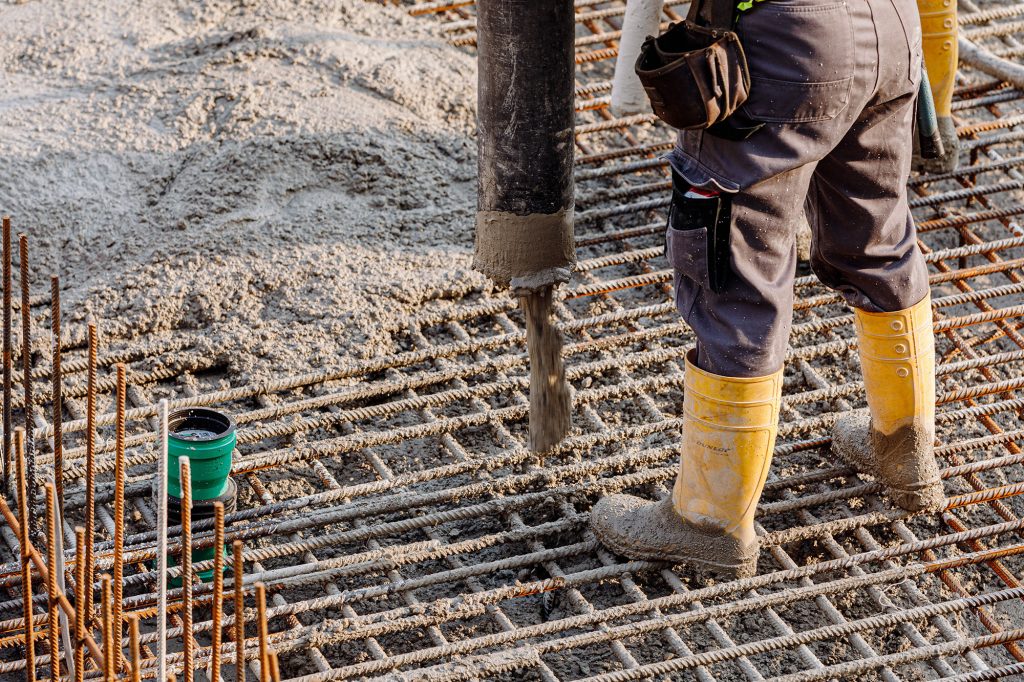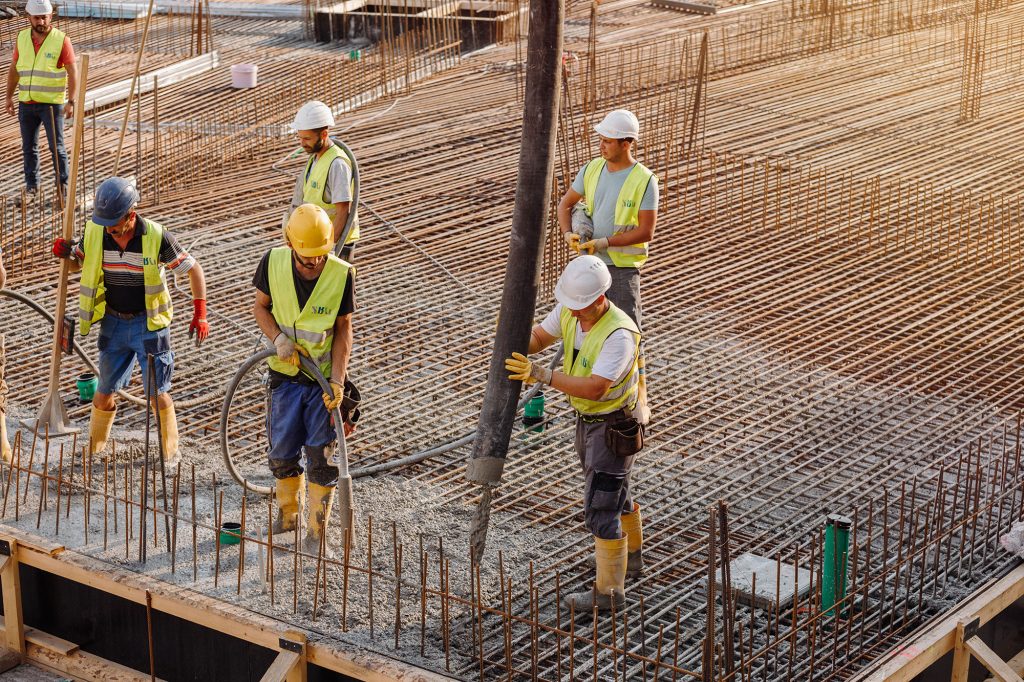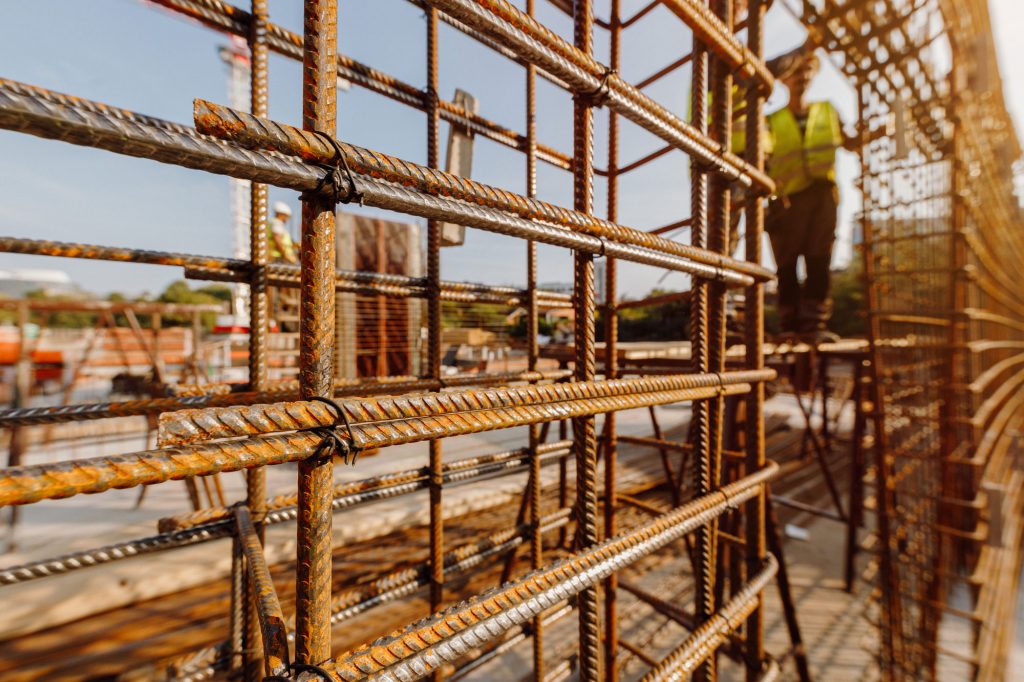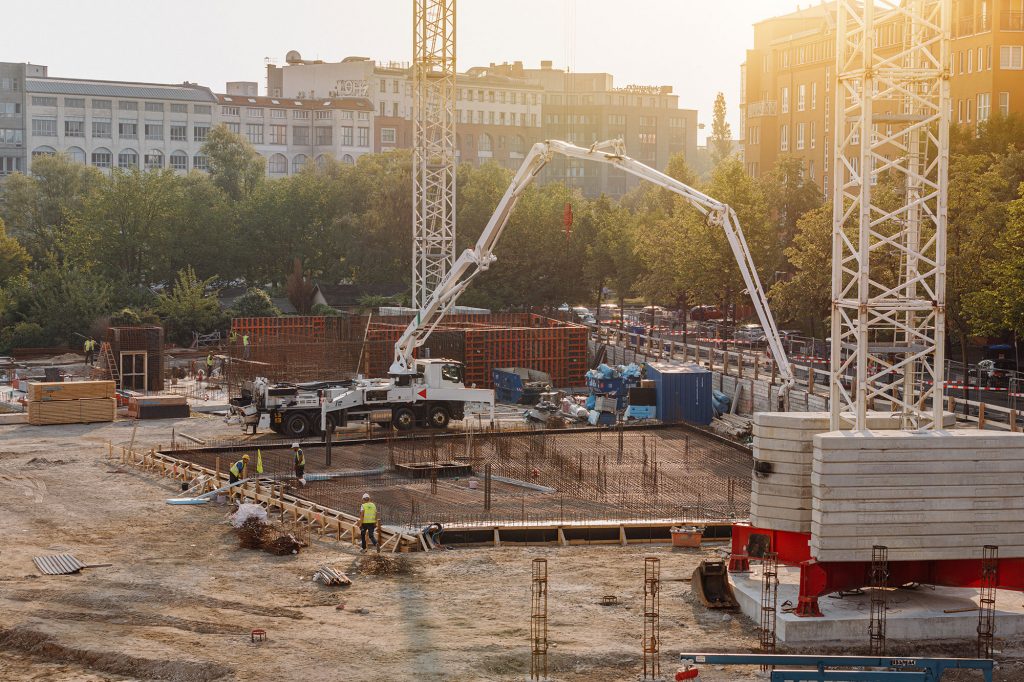The pump must work, the concrete supply is clocked to the minute. If there is a traffic jam or it starts raining, it gets dicey.
Only four more hours, then rain is announced, then the floor of house 1 must be ready. The workers are still ploughing in bright sunshine, helmets on their heads, already at eight o’clock in the morning their sweat is running down. There are eight of them. Everyone has his task. Everyone knows his movements. One on the concrete hose, the other on the remote control, two on the compressor, two to repaint and one to measure the height. And the foreman makes sure the concrete mixer trucks get where they are supposed to go.
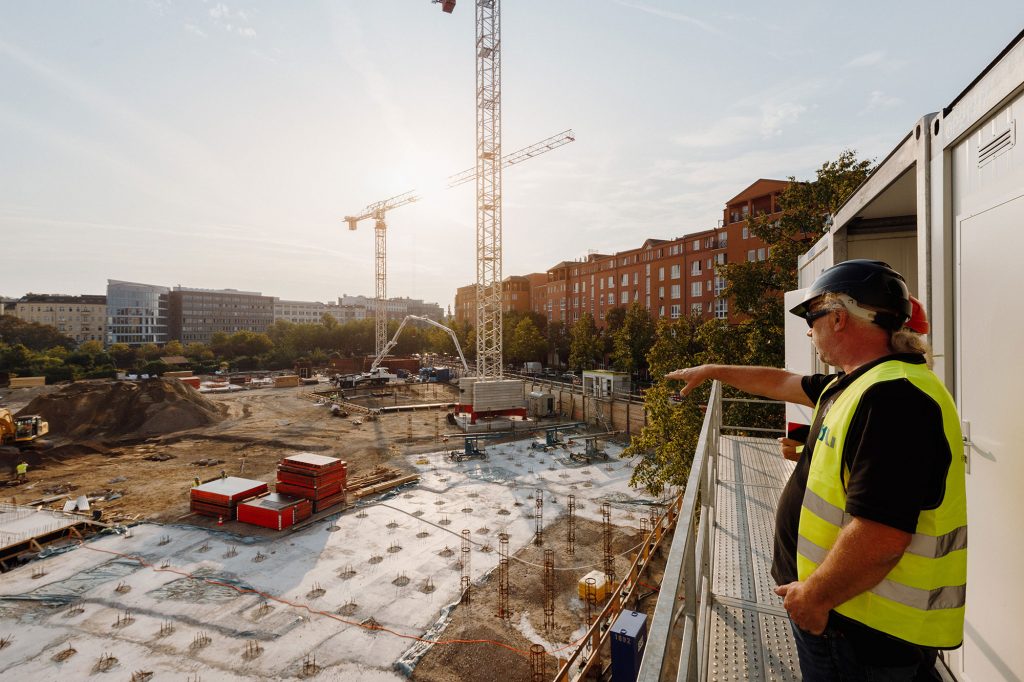
The boss watches over everything: construction manager Zarbock, 56 years old. He wears his white hair tied in a ponytail. When he speaks, the finest Berlin dialect is heard. Zarbock’ employer, SBG Generalübernehmer GmbH, is erecting the complete shell of the building from floor to ceiling at the Charlottenbogen construction site.
Now Zarbock walks around, shaking a hand here, patting a shoulder there, then he explains: “What we’re doing here right now is one of the most important jobs on the construction site. The floor slabs support the whole house.” He speaks succinctly and to the point. He is an old hand, with so many construction sites that he’s been involved in over 30 years as a civil engineer. When he drives through the city, he could stop at every second corner and say: “Look, I helped build there.
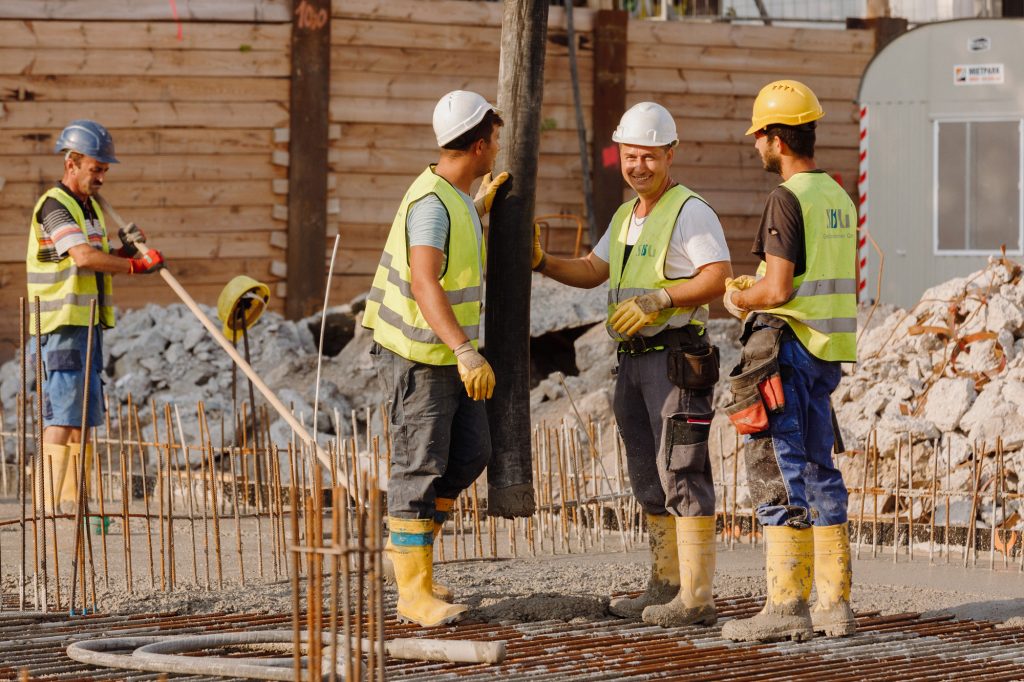
But soon there will be a problem. One of the workers is still busy taming the concrete hose. The grey mass swells through the hose like a stream of water and is distributed on the ground between the many hundreds of steel rods, a total of 60 tons. These are interwoven like a scaffold. It is steel and concrete that hold the house together.
Suddenly, however, the concrete flow stops. An unaccustomed calm settles over the construction site. A calm that makes site manager Zarbock uneasy. “Hey,” he calls to the foreman, “what’s going on, where are the supplies? Why is the concrete moving so slowly?” He calls back: “Today the concrete only comes from Kreuzberg, not from Spandau. If one of the trucks gets stuck in a traffic jam, we’ll be in trouble.”
Zarbock frowns. Looking around. In fact, there is no concrete mixing truck to be seen that could refill the concrete pump. Everything stands still, everything is waiting. He reaches for his mobile phone. Calls the switchboard. Ask what is going on. Tells them to send out more concrete mixers. You cannot stand still. “If you can’t do ballet, you can’t do enough here.”
280 cubic meters of concrete have to be poured here today. Each truck mixer brings eight cubic meters to the construction site, so in total 35 trucks must struggle through the Berlin rush hour traffic. Exactly timed so that the pump does not stop. Because once the floor has been laid, the trowel comes to smooth and level the concrete. And all this must have happened before the rain. Zarbock looks in the direction of the construction site entrance, then he takes a deep breath: two trucks turn in.
The pump can work again, everything goes on. By the end of the day, they will have done everything. When the ground is laid and smoothed, the rain may come. The next morning we will continue with the walls. Then everyone will be back in place – until the shell is finished.
